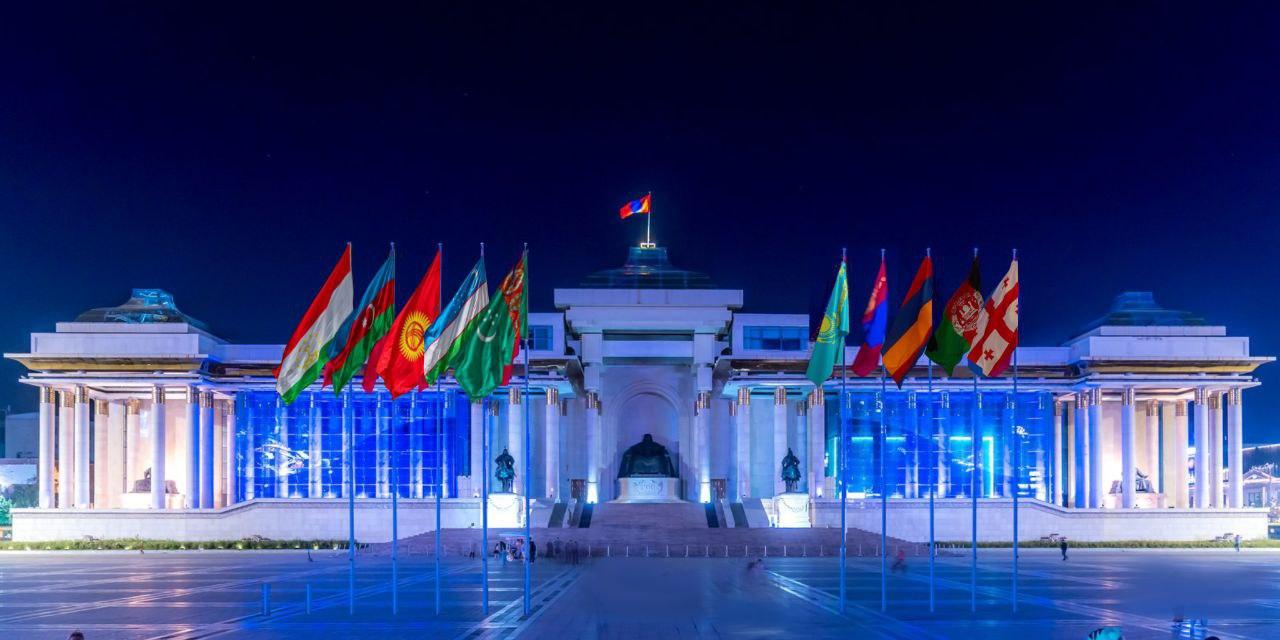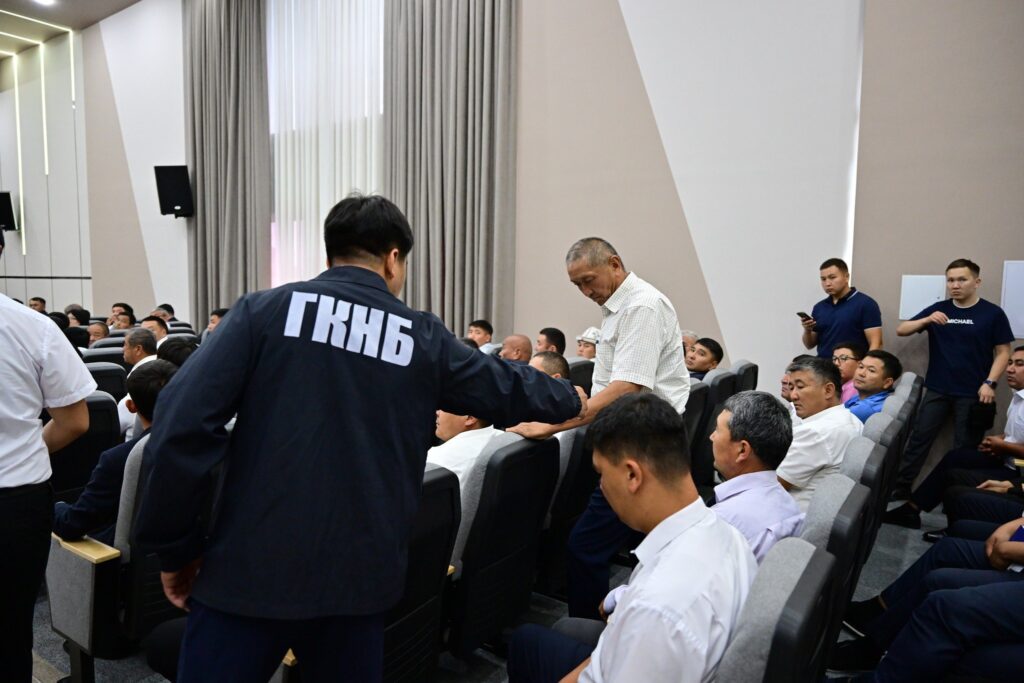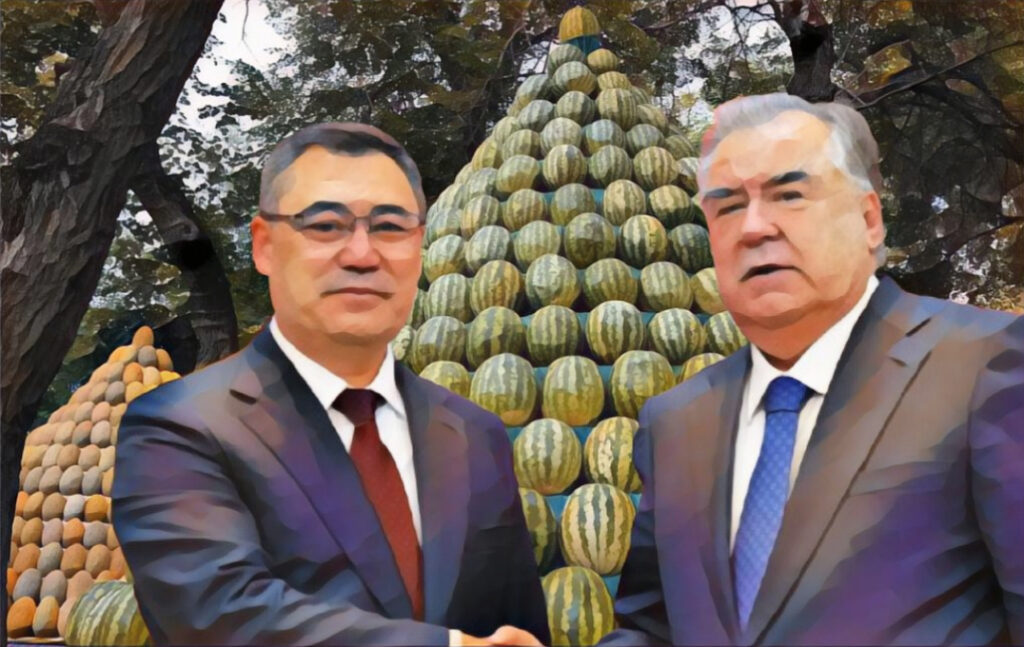At its most basic, Eurasia refers to the combined landmass of Europe and Asia, stretching from the Atlantic Ocean in the west to the Pacific in the east, and from the Arctic in the north to South and Southeast Asia in the south. Yet when defined in political or economic terms, the concept becomes more complex. This vast region—covering over 36% of the world’s surface area—includes influential Western institutions in the west, such as the European Union and the Council of Europe. In contrast, the east is shaped by post-Soviet and Sino-Russian groupings, including the Commonwealth of Independent States (CIS), the Shanghai Cooperation Organization (SCO), and the Eurasian Economic Union (EAEU).
In policy circles, the term “Eurasia” often refers more narrowly to the Caucasus (Armenia, Azerbaijan, Georgia) and Central Asia (Kazakhstan, Kyrgyzstan, Uzbekistan, Tajikistan, Turkmenistan, Mongolia, and Afghanistan). Yet countries in these regions rarely lead the institutions that shape their future. Instead, most regional organizations are dominated by larger powers, primarily Russia and China. One partial exception is the Organization of Turkic States (OTS), though it excludes non-Turkic members such as Tajikistan, Georgia, and Armenia.
Many external actors—beginning with Japan’s “Central Asia plus Japan” initiative in 2001—have formed dialogue platforms with the five post-Soviet Central Asian republics, often referred to collectively as the “C5.” More recently, Turkey, China, the EU, and others have created similar frameworks. While these engagements have value, they are usually shaped by external agendas. The fundamental issue remains: Central Asia lacks strong, self-directed institutions of its own.
In response to this institutional vacuum, Professor S. Frederick Starr proposed in 2015 a broader regional framing: Greater Central Asia. He called for moving beyond the Soviet-era definition of Central Asia to include neighboring regions with shared historical, cultural, and strategic ties. He also noted a stark reality: Greater Central Asia is the only region of its kind without its own exclusive institutions—ones not directed by outsiders.
That may be starting to change. A more distinct regional identity is emerging, with new frameworks for cooperation gradually taking shape. As countries in the region increasingly define their own development priorities and diversify partnerships beyond Moscow and Beijing, there is growing momentum for a more autonomous and inclusive model of regional integration.
One of the clearest examples is CAMCA—an initiative that reflects the full geographic and political scope of Greater Central Asia. Over the past decade, the Central Asia-Caucasus Institute (CACI), founded by Professor Starr, has worked with the Rumsfeld Foundation to support a new generation of regional leaders through the CAMCA Fellowship Program. Originally conceived by alumni of a joint initiative between Starr and former U.S. Secretary of Defense Donald Rumsfeld more than fifteen years ago, the CAMCA Network has become one of the few institutions uniting the entire Greater Central Asia region.
Each year, the fellowship culminates in a regional forum hosted by a different CAMCA country. The most recent—held last week in Ulaanbaatar—marked the 11th such gathering and the second time the event has been hosted by CAMCA fellows in Mongolia. Originally focused on trade, CAMCA has since broadened its scope. The 2025 agenda included sessions on tourism, AI, women in business, and media, alongside its traditional focus on investment and geopolitics. Over 300 delegates attended, including many from outside the region.
Yet questions remain. Can the ten diverse CAMCA countries—each with its own economic model and foreign policy—truly unite around a shared regional vision? With strong trade ties to China and Russia already delivering growth, is there sufficient political will to challenge the status quo?
Many CAMCA leaders believe so. While there is clear synergy with certain U.S. foreign policy objectives, the initiative does not seek to reorient the region toward Washington. Instead, it aims to foster practical collaboration among Greater Central Asian countries themselves.
Professor Starr has described the region as being “on the cusp of a dramatically different world,” where declining Russian and Chinese influence could create new space for local agency. At the Ulaanbaatar forum, Laura Linderman, Director of Programs at CACI, cautioned that such an opportunity could be lost unless countries in the region act with greater purpose. She urged governments to “reject outdated Cold War divisions” and focus on “connecting emerging leaders.”
One of the most revealing insights came from Sanat Kushkumbayev, a Senior Research Fellow at the Kazakhstan Institute for Strategic Studies (KazISS), who documented the overlooked history of the Central Asian Economic Union (CAEU) of the 1990s. Created and led by the Central Asian republics, the CAEU was so effective that Russia, under President Putin, asked to join. No external actors objected. Instead of joining, however, Putin dissolved the CAEU and established the EAEU—under Moscow’s leadership. Speaking at the Ulaanbaatar forum, Kushkumbayev remarked, “Leaders talk about unity, but without strong institutions, nothing will last.” His account highlights a lost moment of regional initiative and the factors that derailed it.
That call for renewed agency was echoed by delegates at the forum. Dr. Fuad Karimov, an Azerbaijani fintech executive, argued that CAMCA could serve as a practical engine for regulatory alignment, cross-border fintech collaboration, and knowledge exchange. Kyrgyz investor Daniel Abdyldaev, founder of the chANGELS platform, emphasized the community-building power of the network, noting, “None of our countries can integrate into the global ecosystem by itself, so it is crucial for our region to join forces and unite.”
Yet significant challenges persist. At a media roundtable, participants acknowledged the worsening state of press freedom in the region. Armenia ranks highest among CAMCA countries at 34th globally, while most of Central Asia ranks much lower, with Afghanistan at the bottom. Panelists—including Kyrgyz journalist Aigerim Turgunbaeva and Joanna Lillis of The Economist—noted that frameworks like WTO accession could pressure governments to adopt international standards. Uzbekistan, nearing WTO membership, may soon face such expectations. While regional cooperation remains the focus, global institutions still have a role to play in promoting transparency, accountability, and long-term reform.
Participation in global institutions like the WTO can help Eurasian countries integrate more deeply into the world economy while encouraging regulatory reform. All CAMCA countries are WTO members except Uzbekistan, Turkmenistan, and Azerbaijan, with Uzbekistan now in the final stages of accession. For a region often shaped by external powers, greater engagement with multilateral systems could help reinforce homegrown institutional development.
As Greater Central Asia moves to reclaim its voice, the future of the region will depend on whether its leaders can turn shared vision into shared infrastructure. CAMCA is not yet a finished structure, but it is one of the first forums to be built from within. Its strength lies not in replacing existing ties, but in deepening regional confidence—and showing that cooperation on Central Asia’s terms is not only possible, but long overdue.









